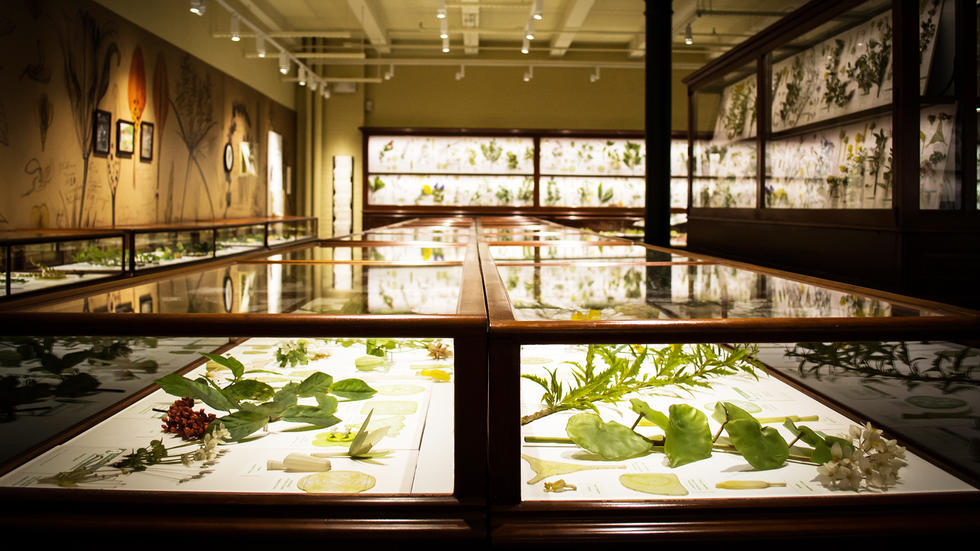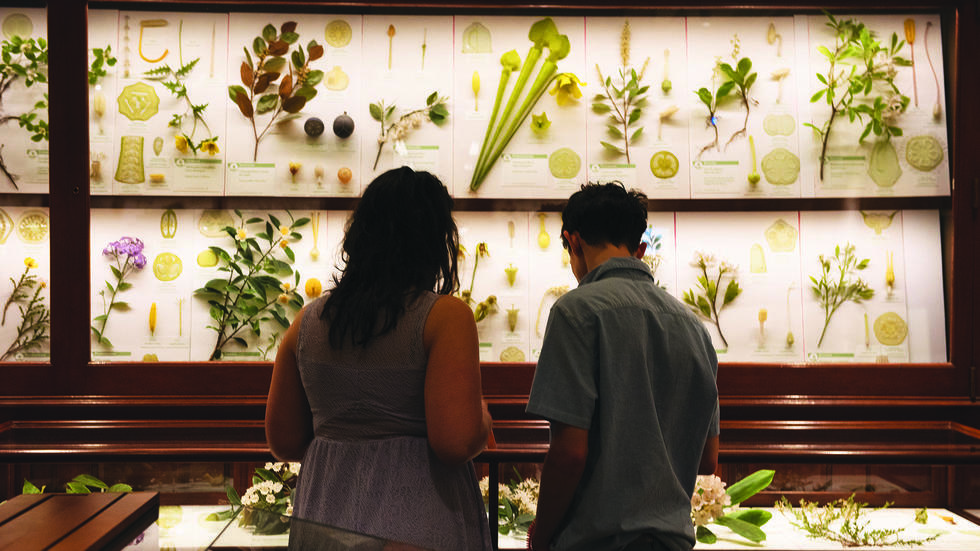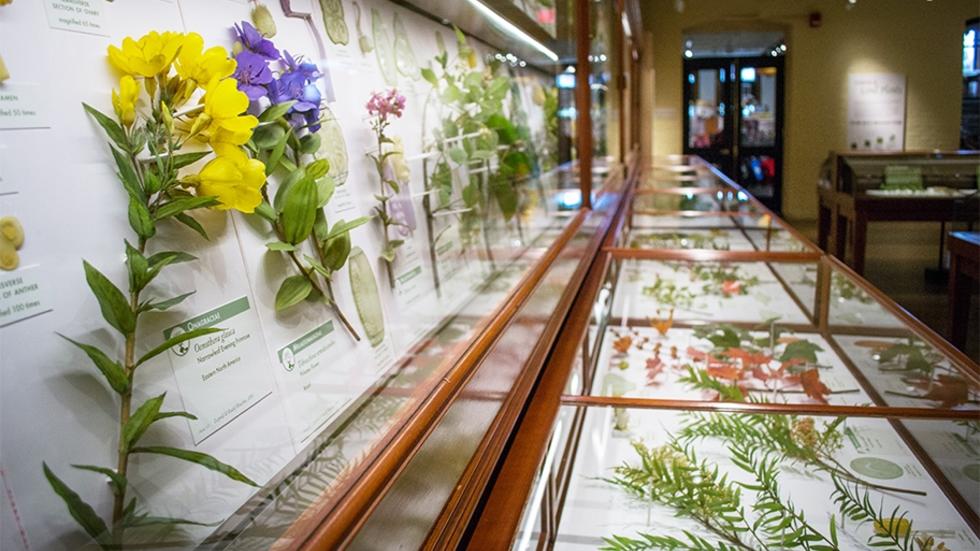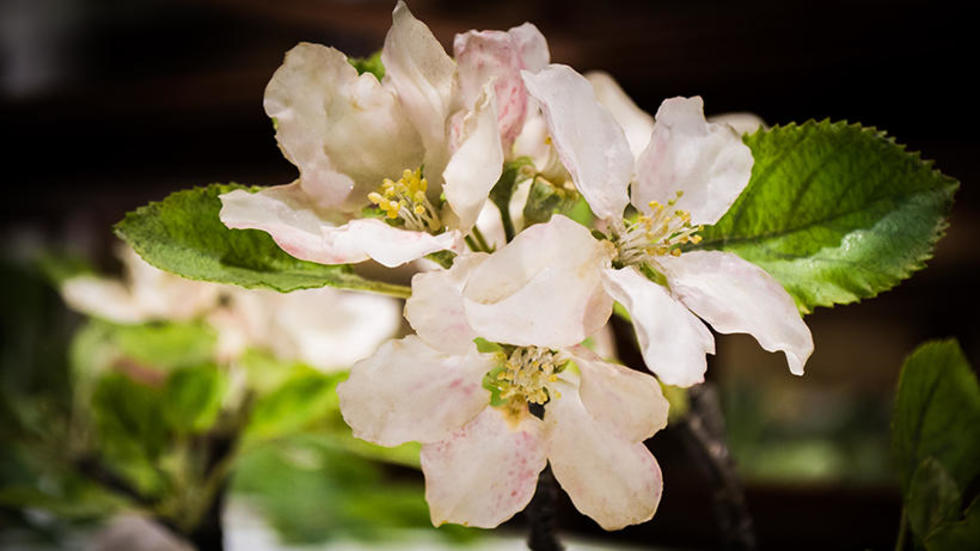General admission includes access to the Glass Flowers Gallery.
One of Harvard University’s most famous treasures is the internationally acclaimed Ware Collection of Blaschka Glass Models of Plants, better known as the “Glass Flowers." This unique collection was made by Leopold (1822-1895) and Rudolf Blaschka (1857-1939), a father and son team of Czech glass artists. Over fifty years, from 1886 through 1936, the Blaschkas produced 4,300 glass models that represent 780 plant species.
The Glass Flowers gallery underwent a historic renovation in 2016, introducing rebuilt, original historic wood and glass display cases, new state-of-the-art lighting, and sophisticated conservation systems. The newly configured gallery space and scientific interpretation showcases the ongoing scientific relevance of the collection and enriches the visitors’ experience of the models.
The Blaschkas at the Microscope: Lessons in Botany is a new Glass Flowers exhibition that delves into captivating educational models that meticulously illustrate the life cycles of non-flowering, spore-forming plants and fungi.
In-person private group tours are available through reservation.
This exhibition is supported by a generous gift in memory of Melvin R. Seiden AB ’52, LLB ’55 and a grant provided by the Massachusetts Cultural Facilities Fund, a program of the Commonwealth of Massachusetts administered through a collaborative arrangement between MassDevelopment and the Massachusetts Cultural Council. The conservation of the Glass Flowers is supported by a gift from George Putnam III ’73, J.D. ’77, M.B.A. ’77, and Kathy Putnam.

![]()







